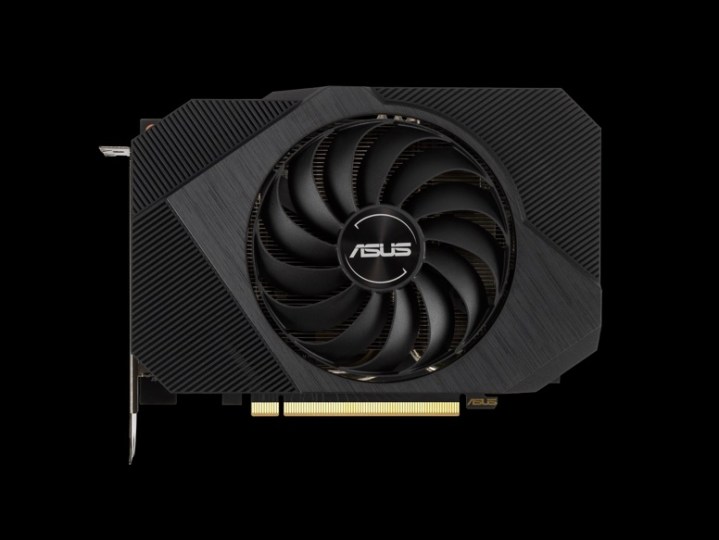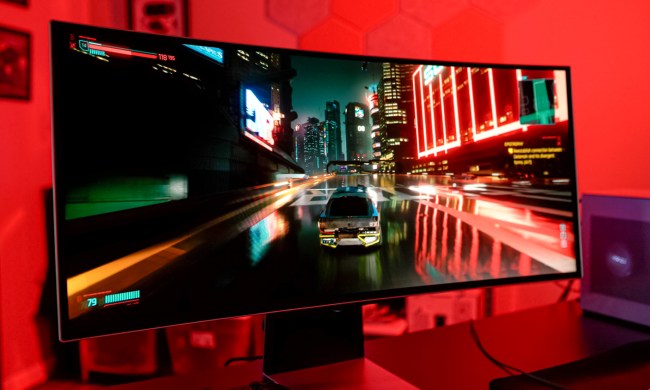
Thanks to an extremely compact Phoenix GeForce RTX 3060 graphics card design, Asus is making it possible to build compact desktops and gaming rigs that don’t occupy much space on your desk. The just-announced GPU comes in a design with a single fan, allowing gamers to build small form factor (SFF) gaming rigs not much larger than Apple’s Mac mini or Intel’s NUC desktops.
Though the Asus Phoenix GeForce RTX 3060 may be compact, it’s still based on Nvidia’s GeForce RTX 3060 design and Ampere specifications, meaning you’re going to get 12GB GDDR6 of VRAM, 3,584 CUDA cores, and an aluminum backplate. RGB lighting is notably missing, but that’s understandable as most people who are building SFF rigs will likely not add the type of see-through glass windows that are becoming more standard on larger gaming desktops, like HP’s Omen 30L.
The card can reach boost frequencies of 1,777 MHz in Gaming Mode, and in OC mode, the Phoenix RTX 3060 can go up to 1,807 MHz, which is only a modest increase in clock speeds. Still, this is quite impressive for a card that measures just 17.7 x 12.8 x 5.1 centimeters. Cooling is handled by the metal backplate and a single axial-technology fan that Asus claims will help with airflow to increase the card’s life span.
“The Asus Phoenix GeForce RTX 3060 derives its name from a high-performance output in a robust package,” the company said of its card. “A large, single fan takes advantage of our Axial-tech fan design and a dual-ball bearing fan that lasts twice as long as sleeve-bearing alternatives. To raise the bar, each card is manufactured using our fully automated Auto-Extreme Technology manufacturing process and put through a 144-hour gaming stress test.”
A single 8-pin PCIe power connector is needed, and the unit will require a PSU with a minimum 650-watt rating.
Despite its compact size, this card doesn’t skimp on anything. The RTX 3060 can handle four displays at a time, and you won’t find a shortage of video output ports on this GPU. The Phoenix RTX 3060 comes with one HDMI 2.1 port and three DisplayPorts, making it a great solution for multimonitor setups.
At this time, Asus hasn’t released any information on pricing or availability on the product’s webpage, but given the engineering efforts in miniaturizing the RTX 3060, we expect this Phoenix card to command a premium. Nvidia did not release a Founders Edition card for its entry-level RTX 3060 launch, but the company had previously stated that the card is expected to start at $329, and pricing is expected to vary based on the manufacturer, design, and customizations to the card. Given the semiconductor shortage that’s plaguing GPU shipments, this card may also be in heavy demand and short supply.
Though the Phoenix will work well in a compact SFF PC case, gamers looking to put this compact GPU in their existing midsize tower can also benefit. With the freed-up space inside their desktops, gamers will have more room to add in other components.



